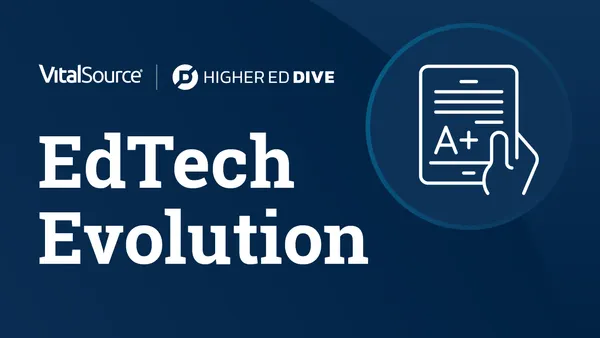When it comes to colleges where Pell Grant recipients are at least 55% likely to graduate, there are not a whole lot throughout the U.S. In fact, nearly half of states — many of them Southern with some of the highest poverty rates in the country — don’t have any at all.
That’s what Becca Spindel Bassett, higher education professor at the University of Arkansas, discovered in a recent analysis in which she sought to identify and map institutions of higher education that she describes as “equity engines.”
These are colleges where at least 34% of the students receive Pell Grants and at least 55% of those Pell Grant recipients earn a bachelor’s degree within six years.
Out of the 1,584 public and private nonprofit four-year institutions that Bassett studied nationwide, she found only 91 — or less than 6% — that qualified for her “equity engine” distinction.
And they’re all clustered in 26 states, resulting in what Bassett calls a “spatial injustice” for low-income students who live in one of the states without any equity engines or in areas with limited access to such institutions.
The almost eight dozen existing equity engines represent a diverse range of institutional types, including regional public universities, small Christian colleges and historically Black institutions.
As for whether states can invest more in colleges that are close to being equity engines — a key recommendation of Bassett’s study — it all depends.
“It’s worth noting that over half of Equity Engines are private colleges and universities, so their relationship to the state and dependency on state funding varies,” Bassett said in an email to Higher Ed Dive.
But improving Pell graduation rates isn’t only a question of funding models, she said.
Leaders at aspiring equity engines can learn best practices and approaches from these colleges and should be prepared to enact "organizational learning and change," Bassett said. However, much is unknown about what enables colleges to become equity engines, including whether it depends on their programs and services or their policy and funding environments.
While Bassett’s study doesn’t answer those questions, a forthcoming book will describe how two of the colleges she identified as equity engines were able to achieve their results, she said.
Michael Itzkowitz, founder and president of the HEA Group, a higher ed-focused research firm and consultancy, said in an email that identifying colleges with strong graduation rates is a “good first step” because students who earn a degree “typically earn more than those who do not.”
However, Itzkowitz, who under former President Barack Obama served as the director of The College Scorecard — an online federal tool with various data on higher education institutions — added that it’s also critical to consider whether graduates are actually better off economically since "not all institutions and degrees are created equal."
“Students who earn a credential at one institution may experience wildly different outcomes if they earned the same degree elsewhere,” he said.
David Hawkins, chief education and policy officer at the National Association for College Admission Counseling, said in an email that colleges would do well to emulate the equity engines Bassett identified, such as the University of Illinois Chicago. Bassett's study calls the university a "major driver" of bachelor's degree completion among Pell Grant recipients in the state, noting those students have a 58% six-year graduation rate.
Among other things, Hawkins said, such institutions deploy a wide range of services — such as evening or online courses for working students, and transportation to campus — that have been proven to help low-income students cross the finish line.
“From my perspective, the United States will only remain competitive if we can invest in a postsecondary infrastructure that serves all students who seek opportunity through higher education,” Hawkins said.













